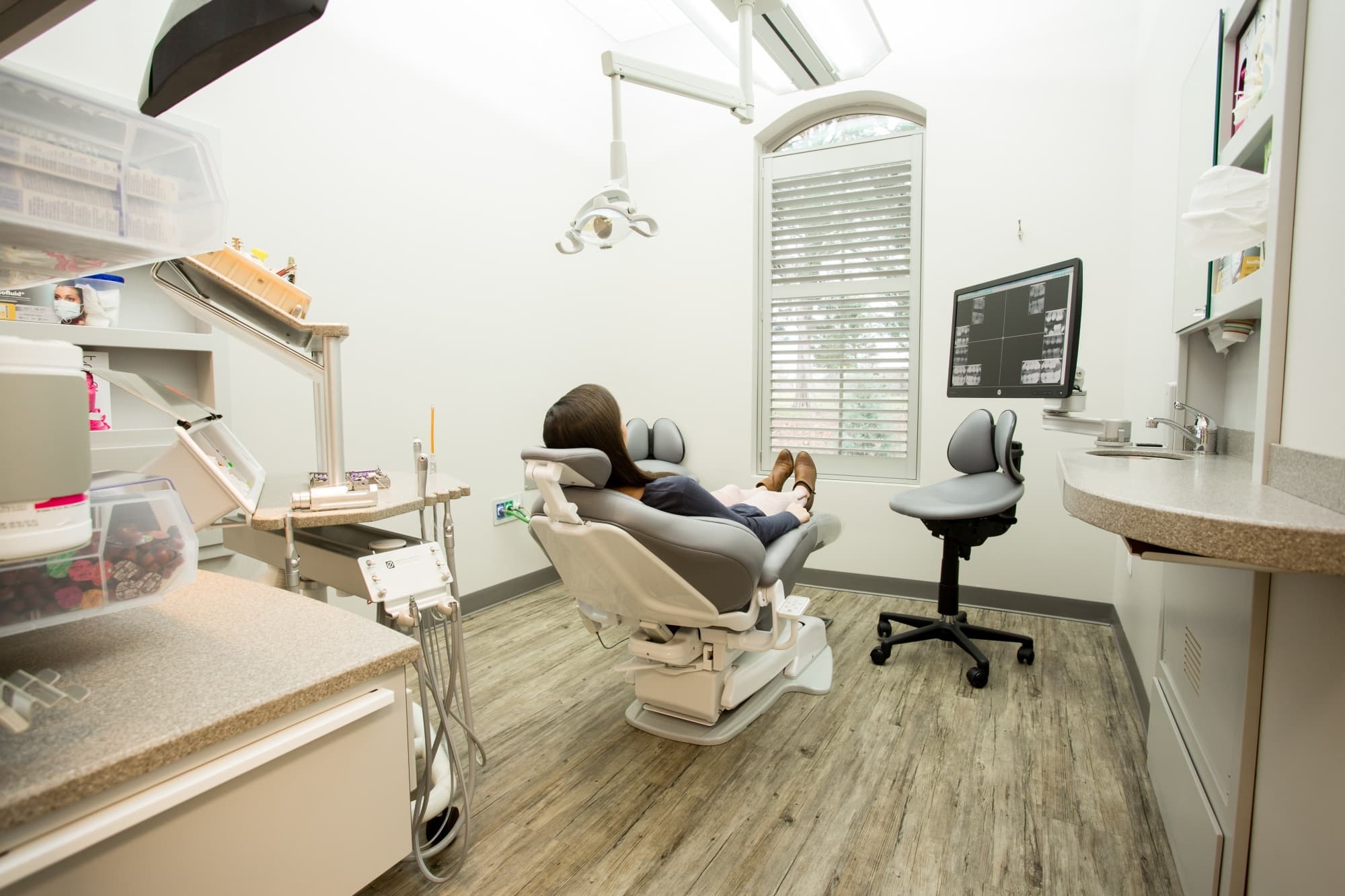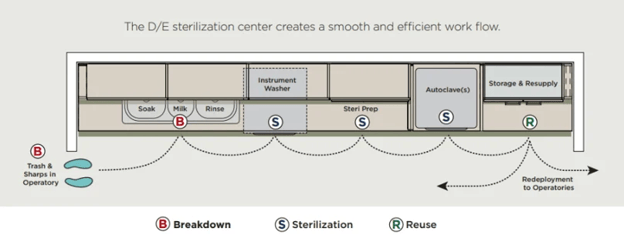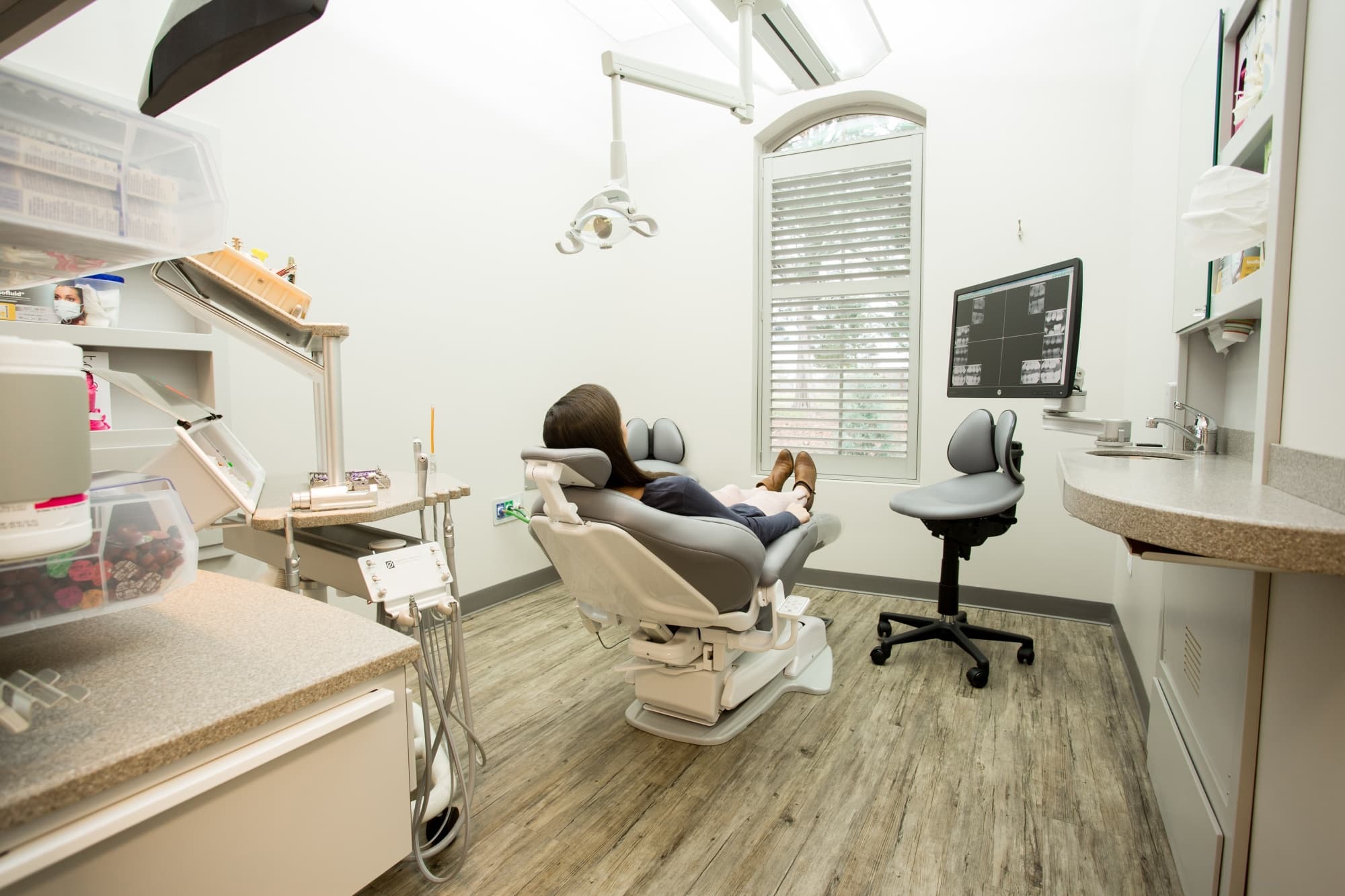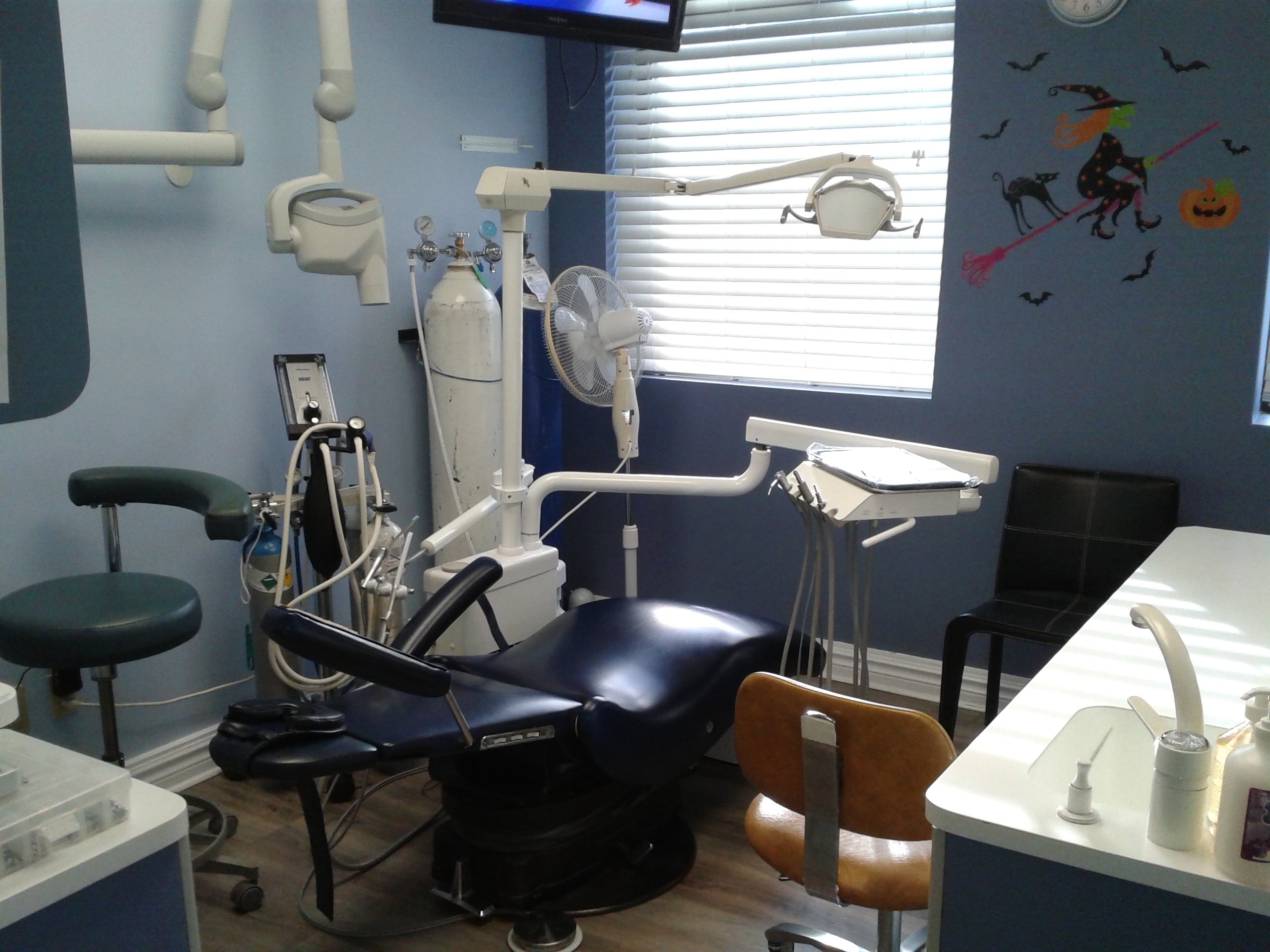
Search for topics or resources
Enter your search below and hit enter or click the search icon.
October 24th, 2025
3 min. read

Why is it that the simplest principles of efficiency and patient care are the ones we break most often in dentistry?
We add new systems, new products, and new steps, and over time, the simple becomes complicated. When that happens, life gets harder for our teams, slower for our doctors, and less welcoming for our patients.
But here’s the good news: When we follow these fundamentals, practices grow, teams enjoy coming to work, and patients say yes.
Let’s take a look at the three universal principles that every practice must follow.
We’ve all seen this play out.
A new assistant joins the team and tries to learn a process that’s so complex no one can explain it the same way twice. Training drags on. Productivity slows. Everyone feels it.
And it’s not that the people are the problem... It’s the process. Every unnecessary step, every unclear layout adds friction. And over time, that friction becomes fatigue.
Take sterilization. It should be a linear, one-piece flow that is fast to execute and easy to train. Yet most of the fancy new sterilization centers are built like obstacle courses. Inefficient workflows pile on extra steps, waste time, and raise the risk of cross-contamination, making life harder for your team.

Inventory works the same way. When supplies are buried in drawers, stored in multiple rooms, or labeled inconsistently, your team spends more time hunting than treating.
The fix? Simplicity. You can keep everything in one place with the proper setup: clear tilt bins, purpose-built procedure accessory kits, and simple supply pull-downs. It’s easy to see what needs restocking, and suddenly managing inventory becomes simpler than a trip to the supermarket, because every item on your shelves is something you actually use!
Every hour you invest in making systems easier is an investment that pays off for the lifetime of your practice. So ask yourself: Where are we making things harder than necessary?
The practices that win are the ones that simplify life for their team and patients.

This one sounds almost too simple to say out loud, but most offices still break it every single day.
You get paid to work in the mouth. So why are half of the instruments you need across the room, behind the chair, or hidden in a cabinet?
That’s not just inefficient, it’s exhausting.
If something isn’t within your natural range of motion, it might as well be in another building. And dentistry isn’t a warehousing business, it’s a care business.
Ideally, each treatment room should be fully stocked to handle about 90% of the procedures you perform most often. This is what we call the “90% Procedure Profile.” That means your everyday items are always within reach, while the remaining 10%, for those less-frequent procedures should still be ready for chairside delivery at a moment’s notice. The best way to achieve this is with procedure-specific supply tubs and readily deployable mobile carts, allowing you to bring exactly what you need, when you need it.
Now, placement matters.
Smart practices design their operatories so that everything the doctor and assistant need is right where they need it, within reach, without cluttering the patient’s view. When you minimize wasted motion, you maximize production. Doing this eliminates storage clutter inside the operatory and delivers true on-time performance.
Remember: You can’t use what you can’t reach.
Even the most efficient systems fail if the patient says no to treatment.
You can have perfect workflows and flawless organization, but if your environment makes people anxious, they'll decline your recommendations. Every day, we see offices unintentionally encouraging patients to say no.
So take a moment to look at your treatment room from the patient’s perspective. What do they see?

Too often, we confront them with intimidating instruments. Instruments that spark fear in nearly half the population. For someone who’s already nervous, that’s all it takes to turn uncertainty into fear. And fear stops everything.
Lighting plays a major role as well. Most operatories use bright, high-glare lights aimed straight down into the patient’s eyes. From their perspective, lying back and staring up feels less like care and more like an interrogation. You can counter this with sunglasses for the patient, but then you've lost an important emotional connection with the patient.
Better lighting and design can change the entire emotional experience. Your design has to be efficient, yes. But it also has to be emotionally inviting. Because patients don’t just buy treatment plans, they buy trust, comfort, and confidence in you.
If your processes are too complicated, your team struggles. If your instruments are out of reach, efficiency fades. If your environment feels intimidating, patients say no.
But when you embrace these three principles: simplicity, accessibility, and patient-first design, everything changes.
The workday feels lighter.
Patients feel calmer.
Production rises, and not because you pushed harder, but because you removed resistance.
The best practices don’t succeed by accident. They succeed by designing their systems, spaces, and experiences around these principles.
So ask yourself: Are you ready to build that kind of practice?
Schedule a meeting and let us help you create a space that’s simpler, more accessible, and built with patients at the center.
Still researching? Head on over to our dental office portfolio or visit the learning center to see how we design North America's most productive dental offices.
With over three decades of expertise in cosmetic and restorative dentistry, Dr. David Ahearn is a nationally recognized leader, educator, and innovator. His passion for cutting-edge technology and exceptional patient care is the driving force behind everything we do. As the founder of Design Ergonomics and Ergonomic Products, Dr. Ahearn has dedicated his career to designing, equipping, and training North America's most efficient and productive dental offices. His proven strategies help hundreds of practices reduce stress, boost productivity, and build sustainable, scalable growth each year. A speaker and educator, Dr. Ahearn continues to shape the future of dentistry, empowering thousands of dentists to transform their practices, improve the quality of life for their teams and families, and deliver outstanding care to their communities.